Part of a series of articles titled Denali History Nuggets.
Article
Remembering the Three Cs of C Camp: The Legacy of the CCC in Denali
By Erik Johnson, Denali Park Historian
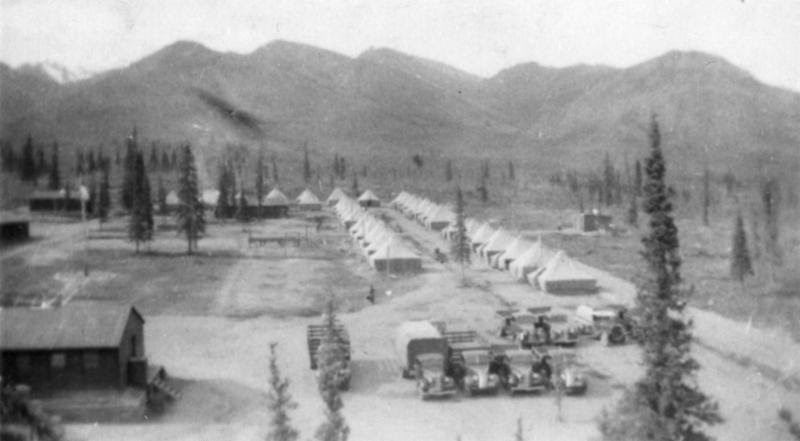
DENA Museum Collection, 4914
The “C” in C Camp is an abbreviated version of “CCC,” which stands for Civilian Conservation Corps. The CCC was in Mount McKinley National Park for only two summers, but its impressive achievements are still seen throughout the park and are an important reminder of the New Deal’s legacy.[1]
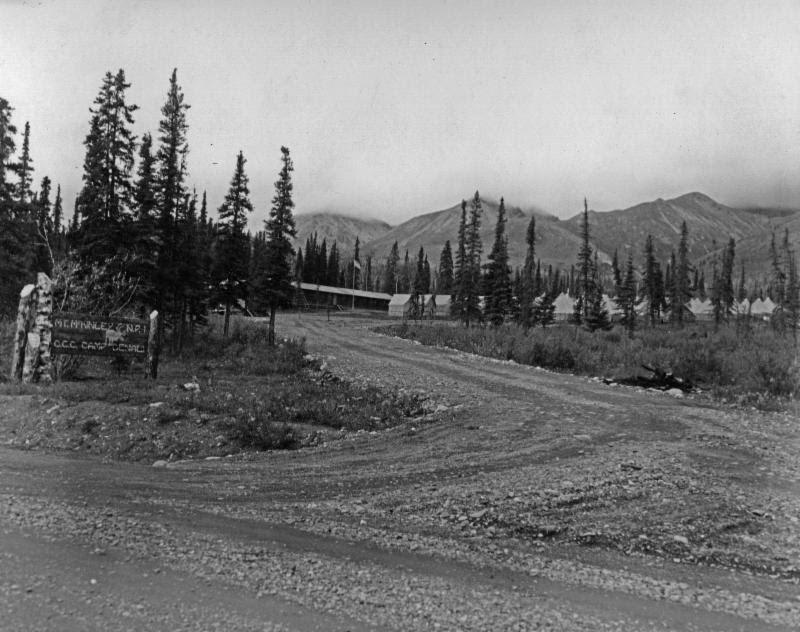
Ickes Collection, Anchorgage Museum, AMRC-b75-175-294
From 1933 to 1942, nearly two million young men were employed in the CCC throughout the United States and its territories. During that time, 841 CCC camps were established in national parks and 2,500 more were set up to improve state parks.
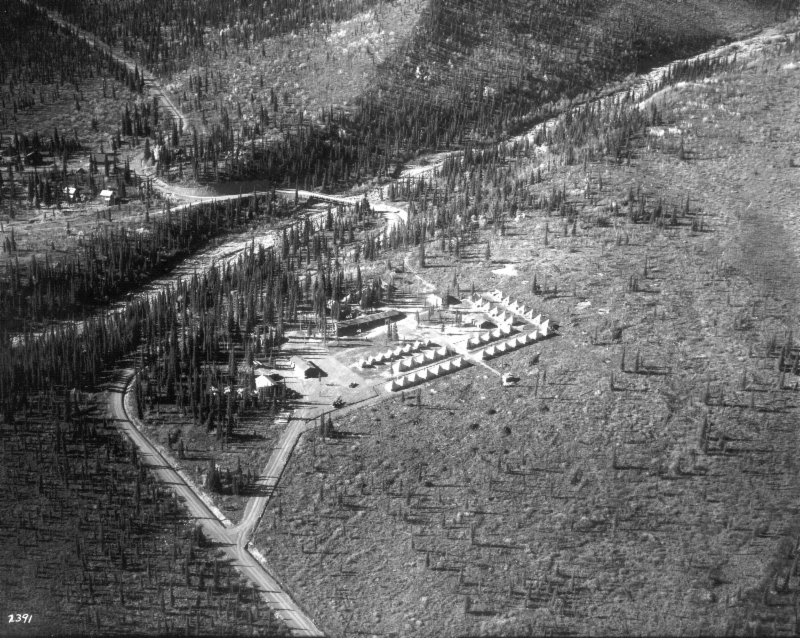
Washburn Collection, 2391, University of Alaska Fairbanks
Two hundred young men and 12 supervisors arrived at McKinley Station and almost immediately went to work on constructing a camp (at the current C Camp location near mile 3 of the Park Road) and various infrastructure projects. By the end of that summer, the CCC finished building two employees’ residences in headquarters (Buildings 12 and 13; see photo 4), moved the dog kennels/cache and cookhouse to its current location (photo 5), built water and sewer lines, constructed roads, did maintenance on telephone and power lines, completed an educational guide for the park, and landscaped the area around the new McKinley Park Hotel.
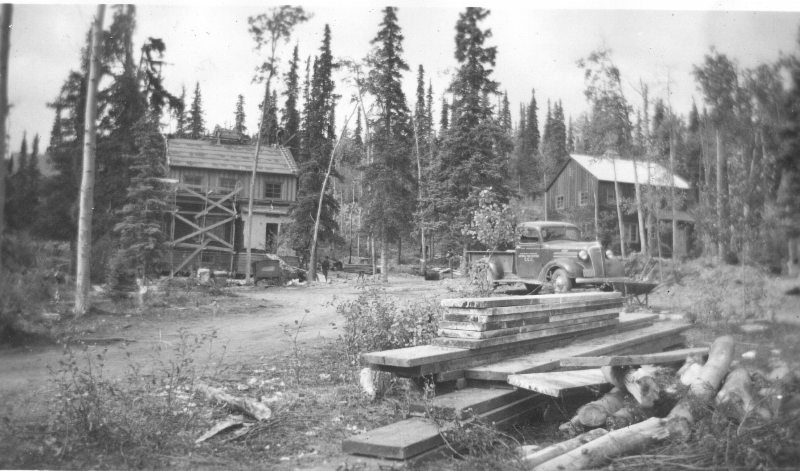
DENA Museum, Herning Collection
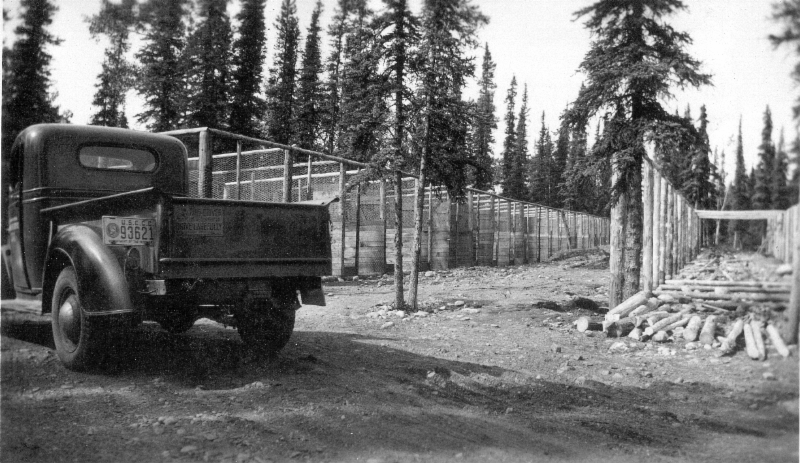
DENA Museum, Herning Collection
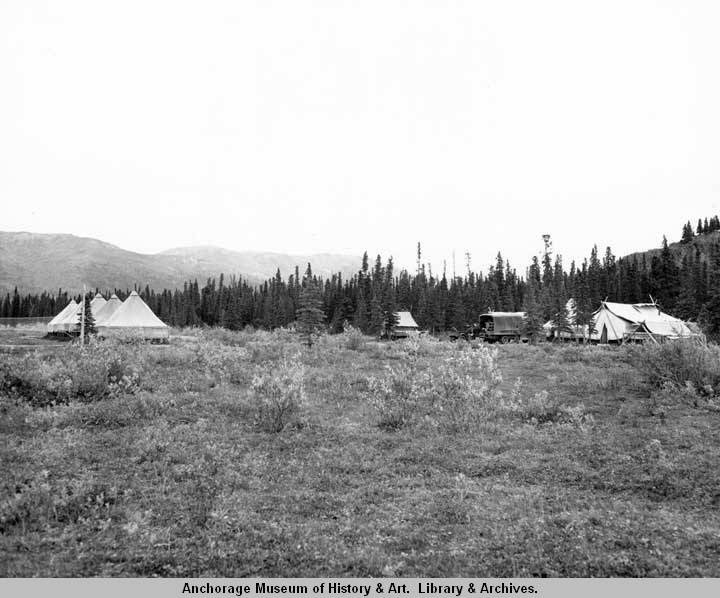
Ickes Collection, Anchorage Museum, b75-175-336
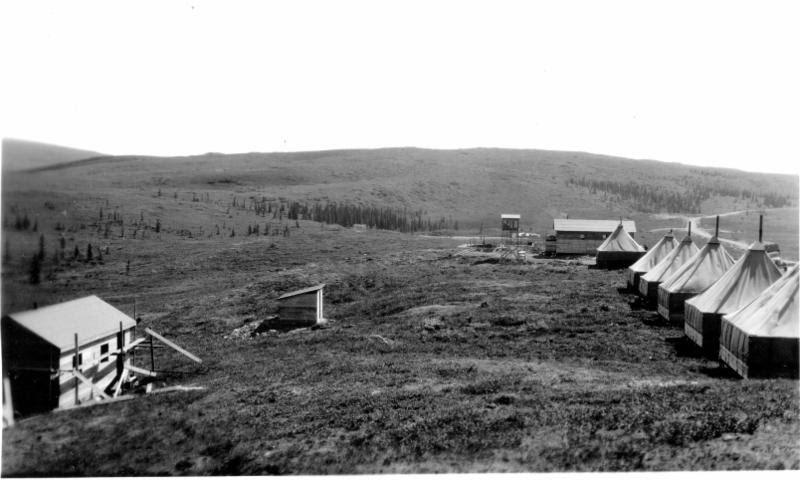
DENA Museum, 21246
[2] The Director of the CCC, Robert Fechner, visited the park in 1937 to learn of potential projects.
[3] The original mess hall was a T shape but was moved in 1950 and made into its current L shape. After the CCC was finished using the camp in 1939, the area became a storage area until 1950, when it resumed its role as a place for seasonal housing.
[4] One was near the present-day Teklanika campground (see photo 6); another just west of the Stony bridge on the south side of the Park Road; and one near the Wonder Lake Ranger Station site (see photo 7).
[5] Constructed alongside the Wonder Lake Ranger Station was the iconic five-seat outhouse—presumably because there were a lot of laborers in the camp constructing the ranger station.
Last updated: September 12, 2019
